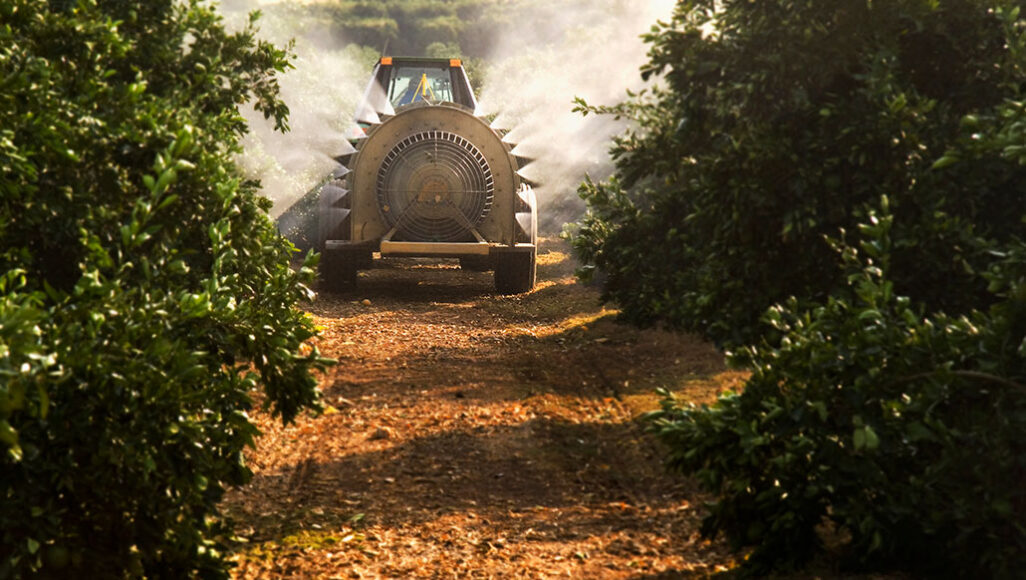Questions for ‘Widely used pesticides may threaten Earth’s ozone layer’

Here, a copper-based fungicide is being sprayed on navel orange trees in California to protect the plants from brown rot fungus. This blight can cause crop losses of up to 50 percent. But such copper-based agents can make chemicals harmful to the stratospheric ozone layer, new data show.
Dave Thurber/Design Pics/Getty Images Plus